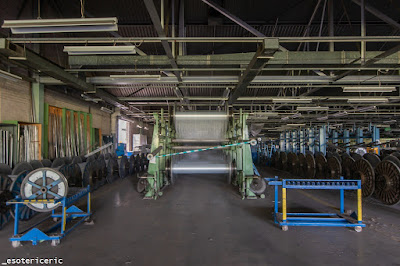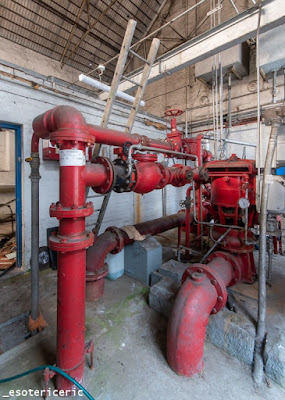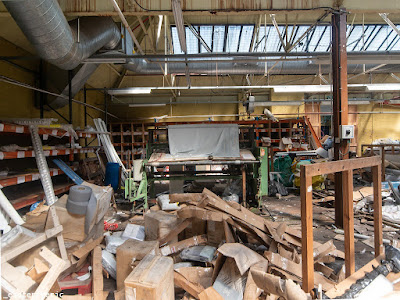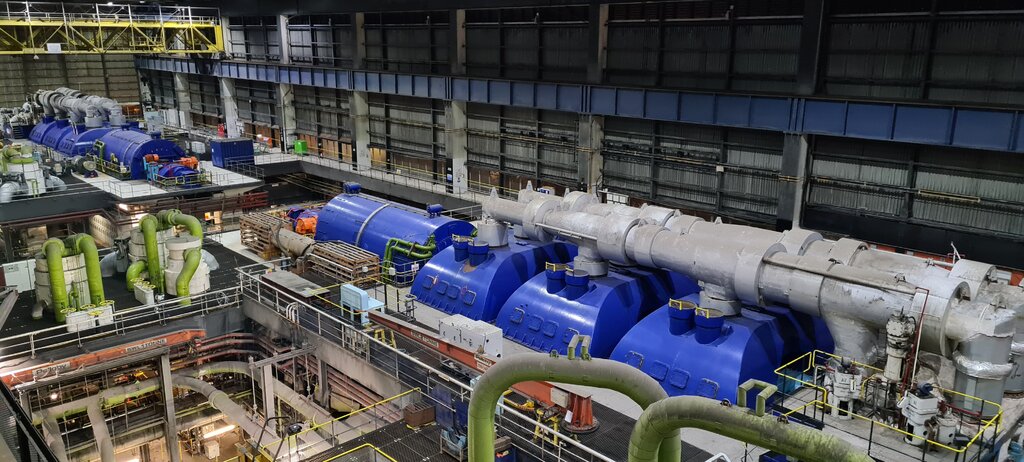One from the archive recently released for public consumption, also definitely done before you
History
The West Burton power stations are a pair of power stations on the River Trent, near Gainsborough, Lincolnshire, England. West Burton A was a coal-fired power station, one of the Hinton Heavies which was commissioned in 1966 and operated until 2023. West Burton B on the other hand, is a combined cycle gas turbine power station, commissioned in 2013. West Burton A is owned by EDF Energy, while West Burton B is owned and operated by Totalenergies.
The station has been accredited as an Investor in People since 1995, and certified to ISO 14001 for its environmental management system since 1996; the power station won a RoSPA President's Award in 2006, 2007 and 2008. The site is the farthest north of what was a series of power stations in the Trent valley, being 5.6 kilometres (3.5 mi) downstream of the now-closed Cottam power stations. As of September 2022, it was one of only three coal-fired power stations left in the UK and was required to close before 2024, with generation on two units initially planned to cease on 30 September 2022.
Due to the volatile energy market associated with the 2022 Russian invasion of Ukraine, the United Kingdom Government agreed with plant owners EDF Energy that the remaining two generating units would be available for use for 6 months beyond the 30 September 2022 closure date, in order to provide supplies over the winter period. The plant ended generation on 31 March 2023.
Source:
https://en.wikipedia.org/wiki/West_Burton_power_stations
Esoteric Eric

















































